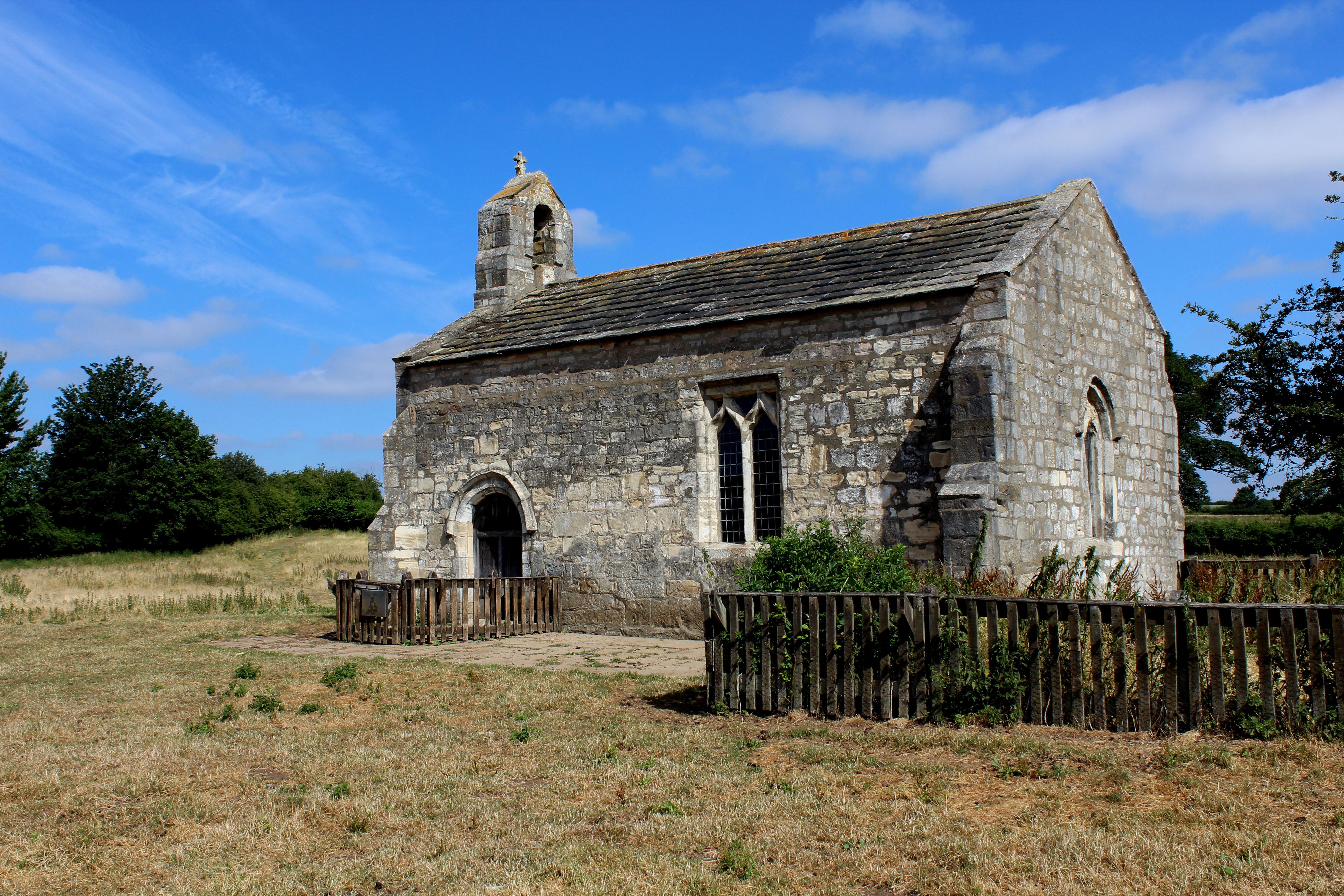Barwick in Elmet Methodist Church
Barwick in Elmet, Yorkshire
Methodist Chapel in historic part of a pretty West Yorkshire village.

The ramblers church.
Lead, Yorkshire
Since being rescued by a group of walkers in 1931, St Mary's has been known as the ramblers church. The repairs made then are recorded on the back of the church door.
The church stands alone in the middle of a field filled with the bumps and furrows of earthworks that indicate the site of a medieval manor house, for which St Mary's was probably originally the chapel.
Nearby is Towton, the site of the War of the Roses battle, believed to be bloodiest in English history which brought the Wars of the Roses to an end in 1461. Ten thousand men are said to have been killed, and Cock Beck, the little stream which you cross to get to St Mary's, is said to have run red with blood. You can find monuments to crusading knights in this tiny 14th century church.
Despite its awesome history, St Mary's is a peaceful place. The tiny rectangular building is very simple. It was probably built by the Tyas family, whose massive grave slabs are set into the floor. Carved with heraldic symbols and inscriptions, and dating from the 13th century, they are an important and interesting collection.
Later additions were made to the church in the 18th century, with a rustic pulpit, clerk's pew, reading desk and painted texts.
Barwick in Elmet, Yorkshire
Methodist Chapel in historic part of a pretty West Yorkshire village.
Tadcaster, Yorkshire
Remains from the church’s early life and history can be seen just inside the church, there are fragments from a Saxon cross, an ancient gravestone with scissor markings, as well as remains from a Norman arch and some ancient stained glass from the medieval church.
Bolton Percy, Yorkshire